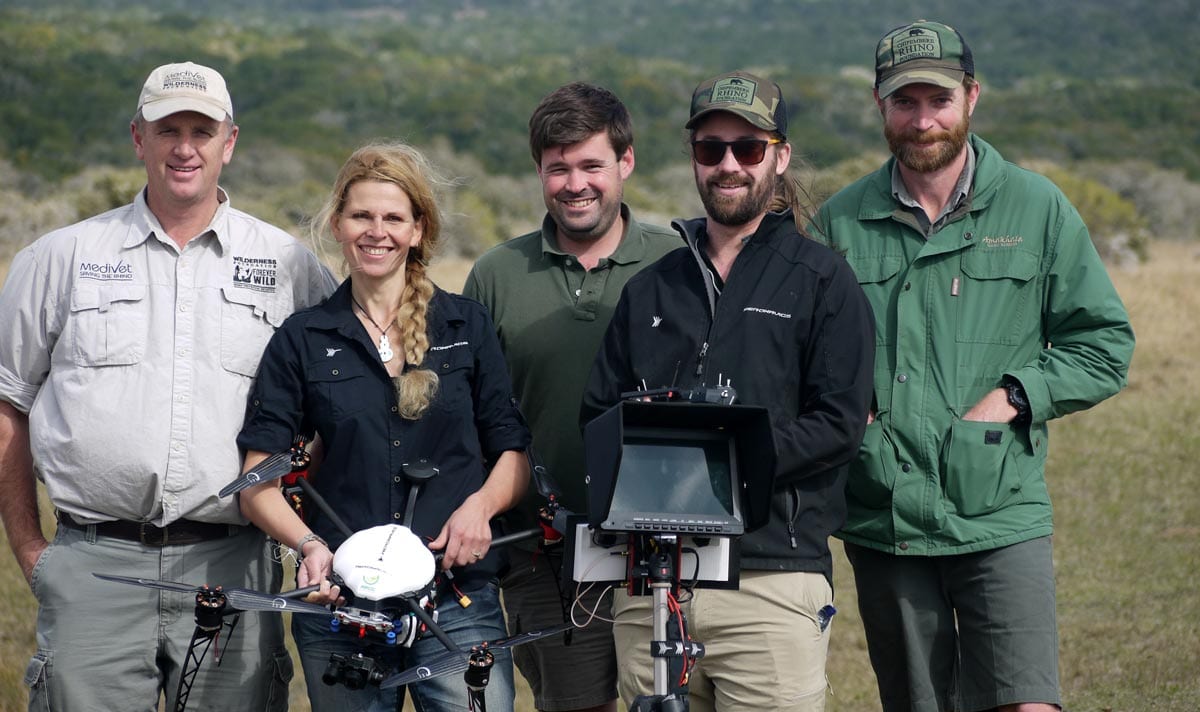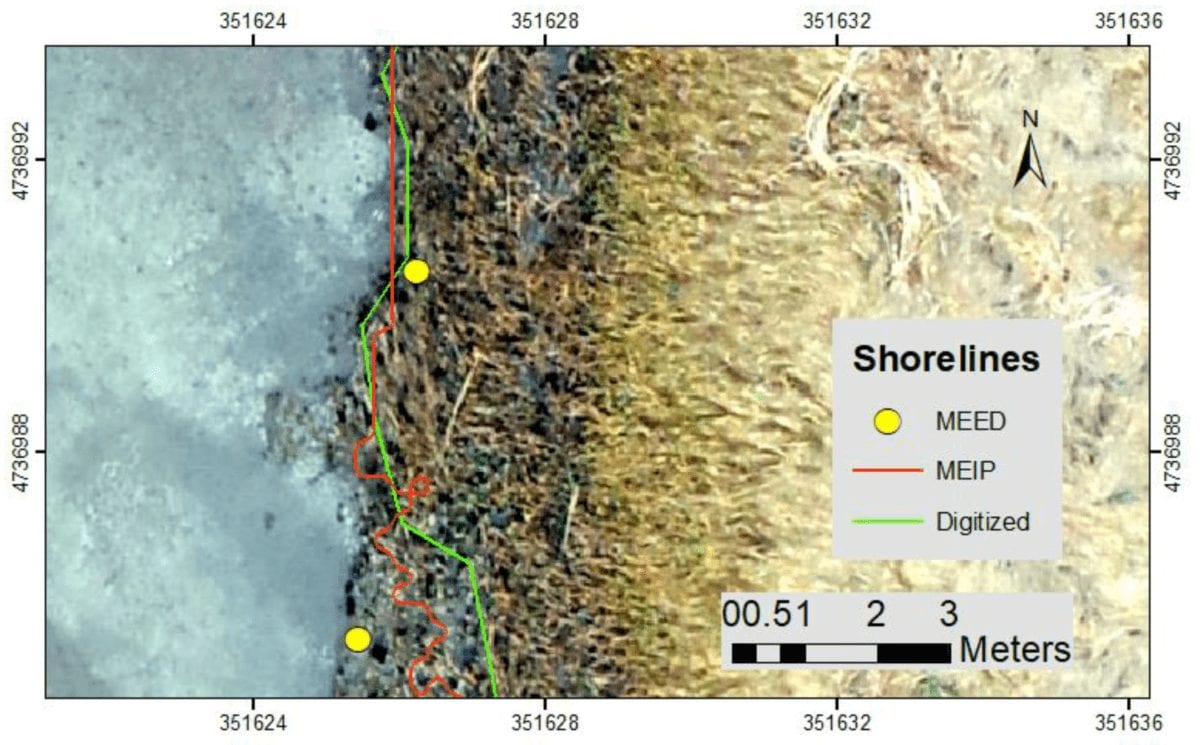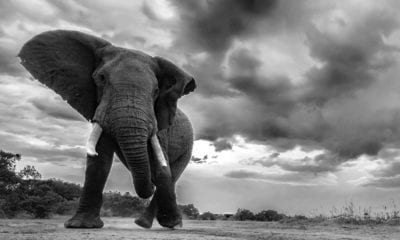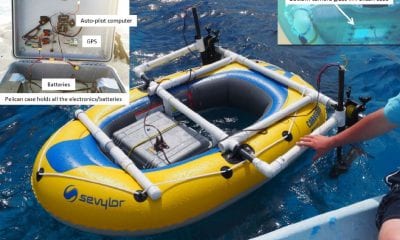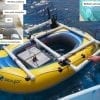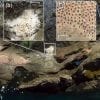Conservation
New Zealand Drone Company Develops Drone to Help Save Rhinos
The plight of the rhino on South Africa is dire; with data from Save the Rhino showing that illegal poaching of rhino has increased by 9000% from 2007 to 2014, it is estimated that there are only 18,000 Southern White rhino and as little as 5,500 Black rhino still living in the wild.
Tracking and stopping poachers before they catch and brutally mutilate rhino in the attempt to remove their horns is difficult, and devastating for the rhino; often they are mutilated by poachers as they hack at the rhino’s face with axes.
Raglan, New Zealand-based drone company, Aeronavics, has developed a drone which they took to South Africa on Saturday 30 July, 2018, which promises to assist in the tracking of poachers.
Aeronavic’s director Linda Bulk and Hadley Boks-Wilson, flight engineer, had been approached by Sarah Jones of charitable rhino conservation orgnaisation ‘Tusk and Horn Wildlife Trust’ 18 month earlier after, after her own trip to South Africa.
She shared with Bulk and Boks-Wilson her time with world renowned wildlife vet and rhino specialist Dr William Fowlds, who has been working diligently in the quest to help the rhino in their plight.
“Both Rob (Rob Brouwer, co-director) and I were deeply moved by her relay of what was going on in South Africa, and by the gruesome imagery she showed us of the unimaginable suffering inflicted on this magnificent species by humankind,” Bulk told Waikato Story.
Aeronavic’s team worked on developing a drone they believed could assist Fowlds, creating several prototypes before settling on a design they believed would do the job.
The drone, a quadcopter which can fly for up to 45 minutes at a time and withstand high winds which lash the South African coast, was named ‘Rhino Bavi’.
“It can comfortably fly several kilometres away without losing contact with the radio and video controls, and carries a normal camera and a thermal camera side by side. It has several safety features and can be pre-programmed to fly autonomous missions to assist daily patrols, as well as flown manually to wherever necessary,” explains Bulk.
On arrival in South Africa, Bulk and Boks-Wilson trained and conducted practise flights with the anti-poaching unit (APU) of Amakhala, at the Fowlds family’s game reserve.
“The APU team already had experience with smaller drones” Linda said, “which made it a lot easier to train them. Besides, they were highly professional, competent and committed. Great guys, it was a joy to work with them. We did several flights every day, manually and pre-programmed, including night flights and long range,” Bulk continues.
While Bulk and her team had originally hoped to create a drone with night vision, this did not transpire as resources were limited.
“We identified some potential improvements and will undoubtedly identify more as the team deploys the system throughout the next couple of months, but as is it is already a useful tool.”
“We now have to strategize how to make it feasible to deploy this technology on a wide scale.” Linda says.
Aeronavics next steps are to further improve the drone, and work out how to scale up development at lower costs.
“The system we delivered is much more powerful and fit for purpose than the smaller cheaper drones you see en mass on the market, but this comes at a cost. How can we a) further improve on capability, and b) reduce cost. Even as a non-profit offering the cost are currently too high. We might have to look at a bit of an industry collaboration to achieve this,” she says.
Bulk invites interested parties to contact her through Aeronavics in order to develop collaboration and partnerships.

